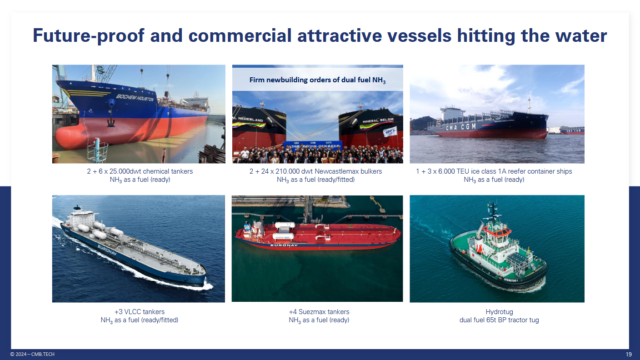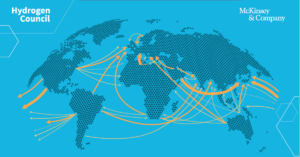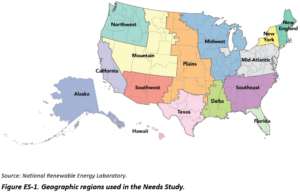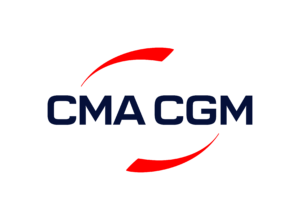Euronav, CMB.TECH unveil future plans for an ammonia-powered fleet
International crude oil giant Euronav and CMB.TECH will merge to form a new clean shipping entity. The future fleet will feature nearly one hundred ammonia-fueled ships, including Ultramaxes, large-scale container vessels, long-range carriers and chemical tankers. Further details have also emerged about CMB.TECH’s ammonia fuel production project in Namibia, which is targeting a yearly production capacity of 185,000 tonnes of ammonia fuel by 2028.









